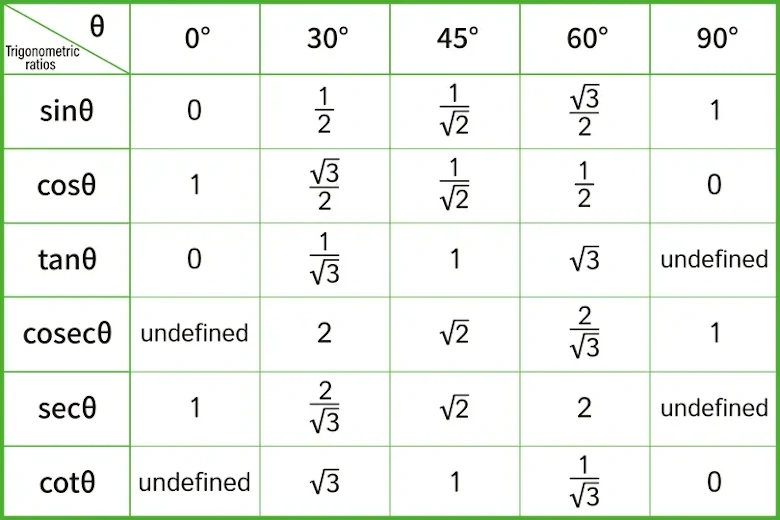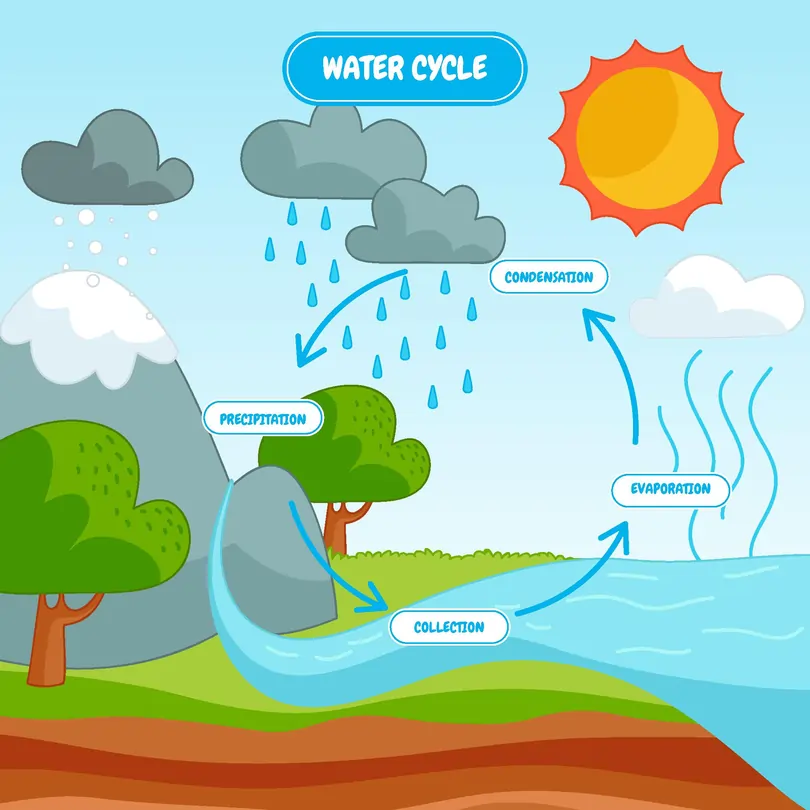O level situational writing: Mastering the art of effective communication
- Tags:
- Secondary English

Situational Writing evaluates your ability to communicate effectively in various real-life scenarios. It challenges you to respond thoughtfully and confidently to given contexts, showing your command of language, coherence, and creativity.
In this comprehensive guide, we'll delve into every aspect of O Level Situational Writing, equipping you with the knowledge and skills to excel in this critical examination component.
Understanding O-Level Situational Writing
Before we dive into the nitty-gritty, let's grasp the essence of O Level Situational Writing. This section will elucidate the purpose, format, and evaluation criteria for this examination component.
Purpose Of Situational Writing
Situational Writing presents you with real-world scenarios, such as formal letters, emails, reports, or speeches, that require specific responses. You must put yourself in the shoes of a protagonist and write from their perspective while maintaining an appropriate tone and style.
Mastering The Format: Types Of Situational Writing
Explore the diverse types of Situational Writing formats that may appear in the examination. From formal letters to dialogue conversations, each format has its unique requirements and conventions.
Type 1: Informal Letter
- Sender's address
- Date
- Greeting / Salutation
- Introduction
- Body paragraphs
- Conclusion
- Affectionate close (Eg, With love, Your friend, etc)
- Signature
Type 2: Formal Letter
- Sender's address
- Date
- Recipient's name, designation, organisation, and address.
- Formal greeting
- Subject
- Introduction
- Body paragraphs
- Conclusion
- Complimentary close
- Signature, full name, designation, and organisation.
Type 3: Informal Email
- To: Receiver's email
- From: Sender's email
- Subject
- Date
- Greeting / Salutation
- Introduction
- Body paragraphs
- Conclusion
- Affectionate close
- Sender's name
Type 4: Formal Email
- To: Receiver's email
- From: Sender's email
- Subject
- Date
- Formal greeting
- Introduction
- Body paragraphs
- Conclusion
- Complimentary close
- Email signature
Crafting Convincing Arguments: Persuasive Writing Techniques
Learn the art of persuasion as we uncover essential techniques to make your writing compelling and convincing. Discover the power of rhetorical devices and persuasive language to leave a lasting impact on your readers. Check out this article to learn how to use the DAFOREST persuasive writing technique to boost your scores.
Striking Right Tone: Understanding Formality And Informality
Unravel the complexities of tone in writing and understand when to be formal or informal. Delve into the nuances of language that reflect respect, empathy, or authority, depending on the context.
Building Cohesive Narratives: Creating Engaging Storylines
Narrative writing is an art that captivates readers. Discover how to construct captivating storylines that flow seamlessly, keeping readers hooked from the first word to the last.
Power Of Description: Vivid Imagery And Aensory Language
Paint vivid pictures with your words! Understand the significance of descriptive writing and incorporate sensory language to evoke emotions and immerse readers in your scenarios.
Grammar And Vocabulary: Polishing Your Writing Style
Grammar and vocabulary form the backbone of any written piece. Master the essentials of grammar and enrich your vocabulary to enhance the clarity and sophistication of your writing.
Overcoming Writer's Block: Tips For Unleashing Creativity
Stuck in a writing rut? Fear not! Discover effective strategies to overcome writer's block and unleash your creative potential, leading to inspired and imaginative writing.
Time Management: Efficient Writing Within Constraints
Examinations are a race against time, and Situational Writing is no exception. Learn how to manage your time effectively during the examination to ensure you complete your tasks within the given constraints.
Mistakes To Avoid: Common Pitfalls In Situational Writing
Nobody is perfect, but learning from mistakes can lead to improvement. Explore common pitfalls in Situational Writing and equip yourself with the knowledge to avoid them.
Receiving Feedback: Incorporating Constructive Criticism
Feedback is a gift that fuels growth. Discover how to receive and incorporate constructive criticism to refine your writing skills and deliver outstanding performance in your examinations.
Revision Strategies: Polishing Your Final Draft
The revision process is where magic happens. Uncover effective revision strategies to polish your final draft, turning it into a masterpiece that showcases your true potential.
Role Of Practice: Nurturing Writing Proficiency
Practice makes perfect! Embrace the significance of regular writing practice in honing your writing proficiency, paving the way for stellar performances.
Practical Tips For Examination Day: Acing Situational Writing
Examination day jitters are common but manageable. Arm yourself with practical tips (like taking a print out of the various situational writing formats to revise just before the exams) to excel in Situational Writing and approach the examination with confidence.
 SG
SG  VN
VN 













